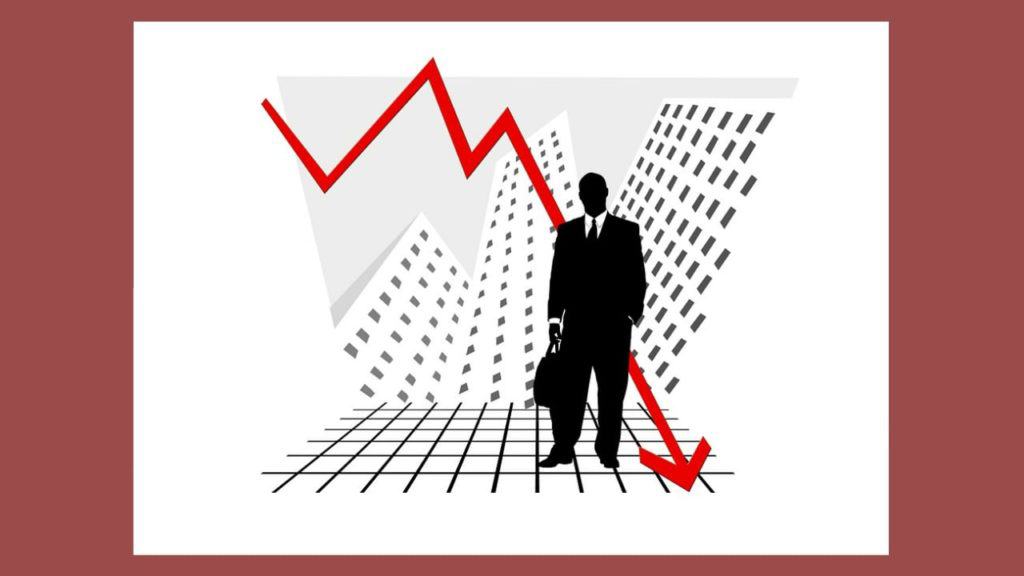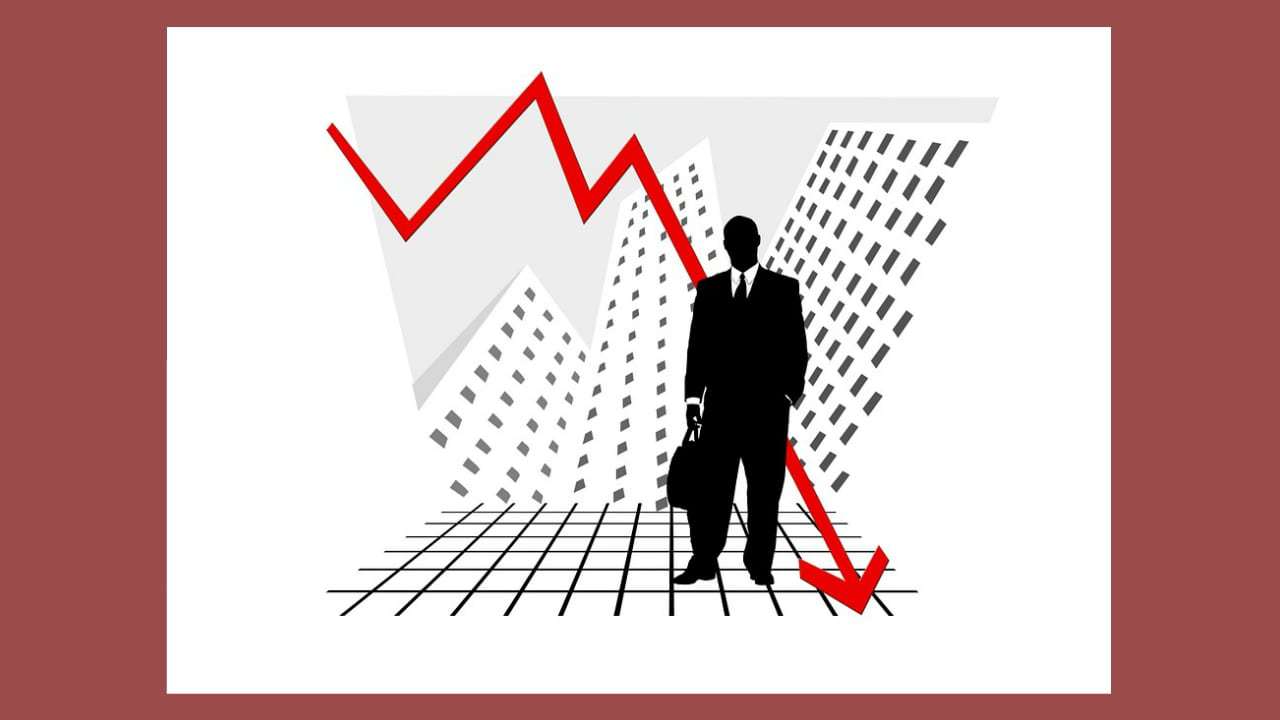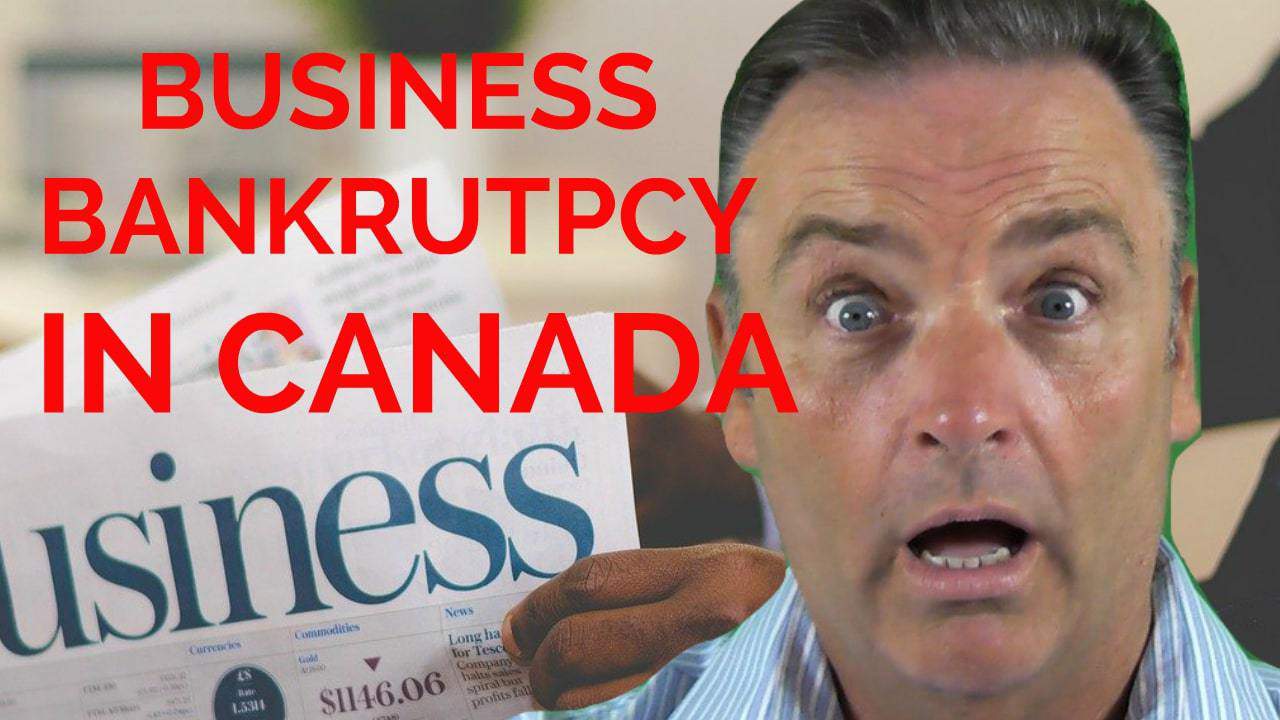The Ira Smith Team is absolutely operational and Ira, in addition to Brandon Smith, is readily available for a telephone consultation or video meeting.
Insolvencies in Canada introduction
Insolvencies in Canada are at a record low. Is it the calm before the scary storm?
Consumer insolvencies in Canada have been driven to unusually reduced degrees in recent years because of sustained low-interest rates and strong property values.
In this Brandon’s Blog, I discuss what could very well happen in the 4th quarter of 2020 and into 2021.
Insolvencies in Canada – recent history
The lower number of insolvency filings is not a new phenomenon. Insolvencies in Canada have been at historically low levels for many years. It was not until last year that personal insolvency filings increased year over year.
In 2019, consumer insolvencies for the 12-month period finishing December 31, 2019, increased by 9.5% compared to the 12-months ending December 31, 2018. Personal bankruptcy decreased by 1.2%, while consumer proposals were 17.9% higher.
After many successive years of steady decline, business bankruptcies in Canada had reached a plateau level in 2019. Typically speaking, business bankruptcies in Canada have been stable.
During the 1st quarter of 2020, the Office of the Superintendent of Bankruptcy Canada (OSB) reports that between the 4th quarter of 2019 and the end of the 1st quarter of 2020, for insolvencies in Canada:
- Total insolvency filings decreased by 5.4%.
- Consumer filings were down by 5.5%.
- Business insolvency filings were 2.6% lower.
- In all cases, bankruptcy filings were drastically lower and restructuring proposals were essentially flat.
- For personal filings, Alberta was basically flat while the other provinces and territory showed decreases.
- In business filings, Ontario showed a slight increase (8.3%) and British Columbia showed a huge increase (43.5%). Again, it was restructuring proposals, not bankruptcy, making up the majority of business filings. All other provinces and territories showed a decrease.
Then the effects of the economic shutdown of the country started taking hold in April 2020.
April 2020 insolvencies in Canada and the United States
The total variety of insolvencies in Canada (both bankruptcy and proposal filings) decreased by 38.7% in April 2020 contrasted to March 2020. Personal bankruptcy decreased by 41.5% and proposals decreased by 37.2%.
The number of insolvencies filed in April 2020 was 43.5% less than the total in April 2019. Consumer bankruptcies decreased by 43.1%, while consumer proposals decreased by 54.8%.
The story in the United States is very similar. American Banker reports that presently in the US, personal bankruptcy filings are actually reduced year over year. It reports that according to information from the federal courts, there were 186,000 consumer bankruptcy cases in the first quarter of 2019. By comparison, there were 175,000 for the initial quarter of 2020.
A lot more noticeably, the rate of consumer insolvency cases for April of 2020 was 46% lower than in April of 2019.
There are a variety of reasons in both countries. From my discussions with a couple of US bankruptcy lawyers, I am friendly with, it seems the reasons in both countries are generally the same.
In no particular order, the main reasons are:
- Mortgage payment deferral programs masking what might otherwise be increased delinquencies.
- Lower overall credit card spending while people are at home in self-quarantine.
- Various government programs supplying much-needed cash to unemployed people and businesses.
- Government programs deferring the timing for filing income tax returns and the payment of income tax.
- Moral suasion so far stopping banks, credit card companies and collection agencies from aggressively making collection attempts during this time.
- The closure of the courts making it impossible to sue anyone.

insolvencies in canada
The economy is starting to reopen
In conjunction with the federal government, the provinces and territories are starting to reopen cities and businesses. No doubt there will be a lot of growing pains as the economy reopens. What should we expect? What will it mean for insolvencies in Canada?
In his first speech as Governor of the Bank of Canada, on June 22, 2020, Tiff Macklem stated that he expects there will be an initial boost to the Canadian economy as it reopens and activity resumes. He does not expect that good news to last very long. Rather, he expects there will be the 2nd stage of economic recovery that will certainly be long and slow, due to the remaining unpredictability around the coronavirus.
The federal government will need to wean Canadians off of the various support programs. When that happens, all the financial pain currently hiding under the radar will rise to the forefront. COVID-19 support programs, payment deferrals and other “time outs” will end and the courts will reopen. Creditors will get back to business as usual in chasing delinquent accounts. The federal, provincial and territorial governments will feel they have done enough to the tune of trillions of dollars. Their attitude will be, in so many words, it is now time for you to stand on your own two feet again.
In fact, some government attitudes are already changing.
Will temporary layoffs be a harbinger for business insolvencies in Canada?
Throughout the coronavirus pandemic, BC seemed to handle their lockdown and other COVID-19 things a bit differently than the other provinces and territories. As they now consider reopening, BC businesses are worried.
British Columbia businesses are discouraged by Labour Minister Harry Bains’s failure to recognize the seriousness of problems facing the mainly small and medium-sized businesses. Their issue is the possibility for thousands of companies to have to make an insolvency filing. Their main worry is that they will be compelled to make severance payments as a result of the unexpected scenarios brought by the COVID-19 pandemic.
The Minister has it within his power to supply a Ministerial Order to expand the temporary layoff time frame under the Employment Standards Act to provide companies with the breathing room” required to survive, recoup, and facilitate return-to-work for laid-off staff.
All provinces and territories face extraordinary difficulties as a result of the economic results from COVID-19. Few business owners can plan for or have the cash-on-hand to terminate all or a considerable part of their labour force at the same time throughout the very best of times.
BC companies will be faced with fears as the clock ticks to target dates beginning in very early July requiring several companies to either recall or permanently terminate laid-off staff members. They don’t have enough business or money to rehire everyone. They also don’t have the cash to make the severance payments. Without legislative support, this problem will face all Canadian businesses.
In the nick of time, the federal government has come to the rescue. On June 23, 2020, Prime Minister Justin Trudeau announced that the federal government has expanded the period for temporary layoffs by as much as 6 months. Employers now have more time to recall staff members who were laid off due to COVID-19.
Now, for employees who were laid off before March 31, the government has proposed that their employers have the earlier of 6 months or up until December 30 to recall their staff. For employees laid off between March 31 and September 30, their company will have up until December 30, unless a later recall day was given on their layoff notification.
I caution that this is a proposal floated by our PM right now and not actual legislation. Labour legislation is largely left up to the provinces and territories. It is interesting to note that the Feds seem to be stepping into this. As we all know, ultimately, businesses will either be able to survive or will have to restructure under our laws for insolvencies in Canada.
Will extending employee recalls be a harbinger for personal insolvencies in Canada?
So now that employees can expect to remain unemployed for longer, what is that going to mean? For several years now polls have shown that Canadians are on the brink of insolvency. As I already mentioned, rock-bottom interest rates and rising real estate values, leading to lots of home equity lines of credit room to borrow on. This has kept Canadians in debt and out of becoming one of the statistics for insolvencies in Canada.
So the question is, once the Canada Employment Response Benefit (CERB) runs out, what will the unemployed do? Seems to me there are a few options, none of them good:
- Cut back on spending as much as possible. In places like the Greater Toronto Area (GTA), you have to be a magician to be able to live on $2,000 per month (after putting away the amount you will have to pay eventually in CERB income tax).
- Burn through the rest of your savings until you have no cash.
- As a result of 1 or 2, go deeper into debt on your lines of credit and credit cards until you have no more borrowing room.
Once all of this has happened, the only thing left to do will be to consult with a licensed insolvency trustee (formerly called a bankruptcy trustee) to discuss your realistic options for eliminating debt.
Insolvencies in Canada summary
I hope you have found the insolvencies in Canada Brandon’s Blog interesting and helpful. The Ira Smith Team family hopes that you and your family members are remaining secure, healthy and well-balanced. Our hearts go out to every person that has been affected either via misfortune or inconvenience.
We all must help each other to stop the spread of the coronavirus. Social distancing and self-quarantining are sacrifices that are not optional. Families are literally separated from each other. We look forward to the time when life can return to something near to typical and we can all be together once again.
Ira Smith Trustee & Receiver Inc. has constantly used clean, safe and secure ways in our professional firm and we continue to do so.
Income, revenue and cash flow shortages are critical issues facing entrepreneurs, their companies and individual Canadians. This is especially true these days.
If anyone needs our assistance for debt relief Canada COVID-19, or you just need some answers for questions that are bothering you, feel confident that Ira or Brandon can still assist you. Telephone consultations and/or virtual conferences are readily available for anyone feeling the need to discuss their personal or company situation.
The Ira Smith Team is absolutely operational and Ira, in addition to Brandon Smith, is readily available for a telephone consultation or video meeting.










